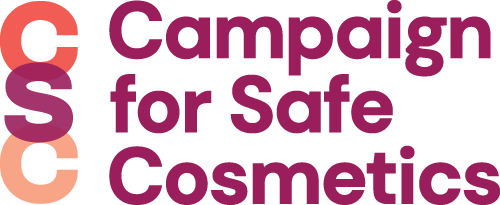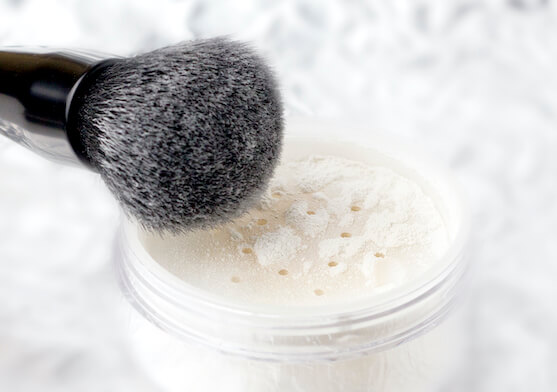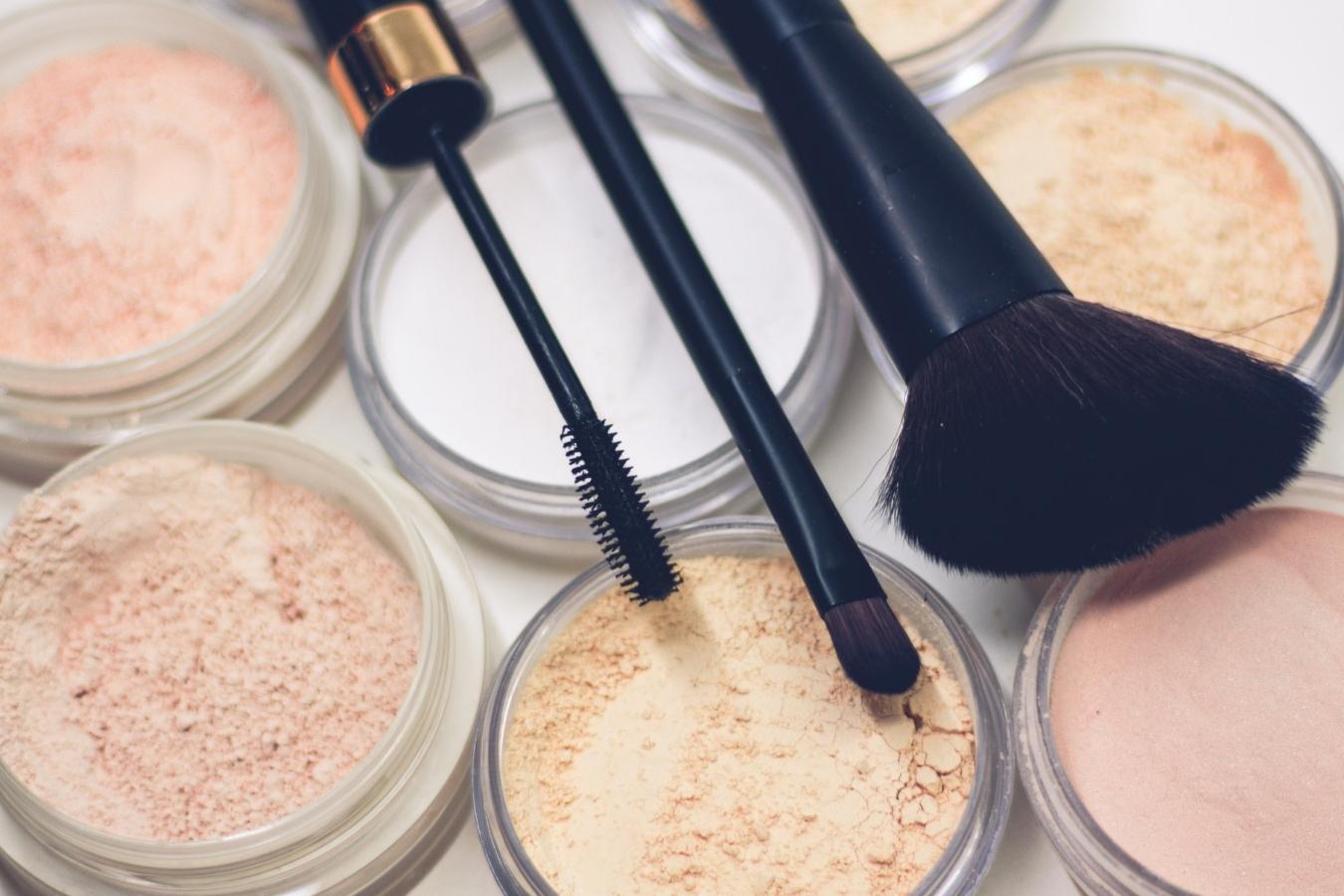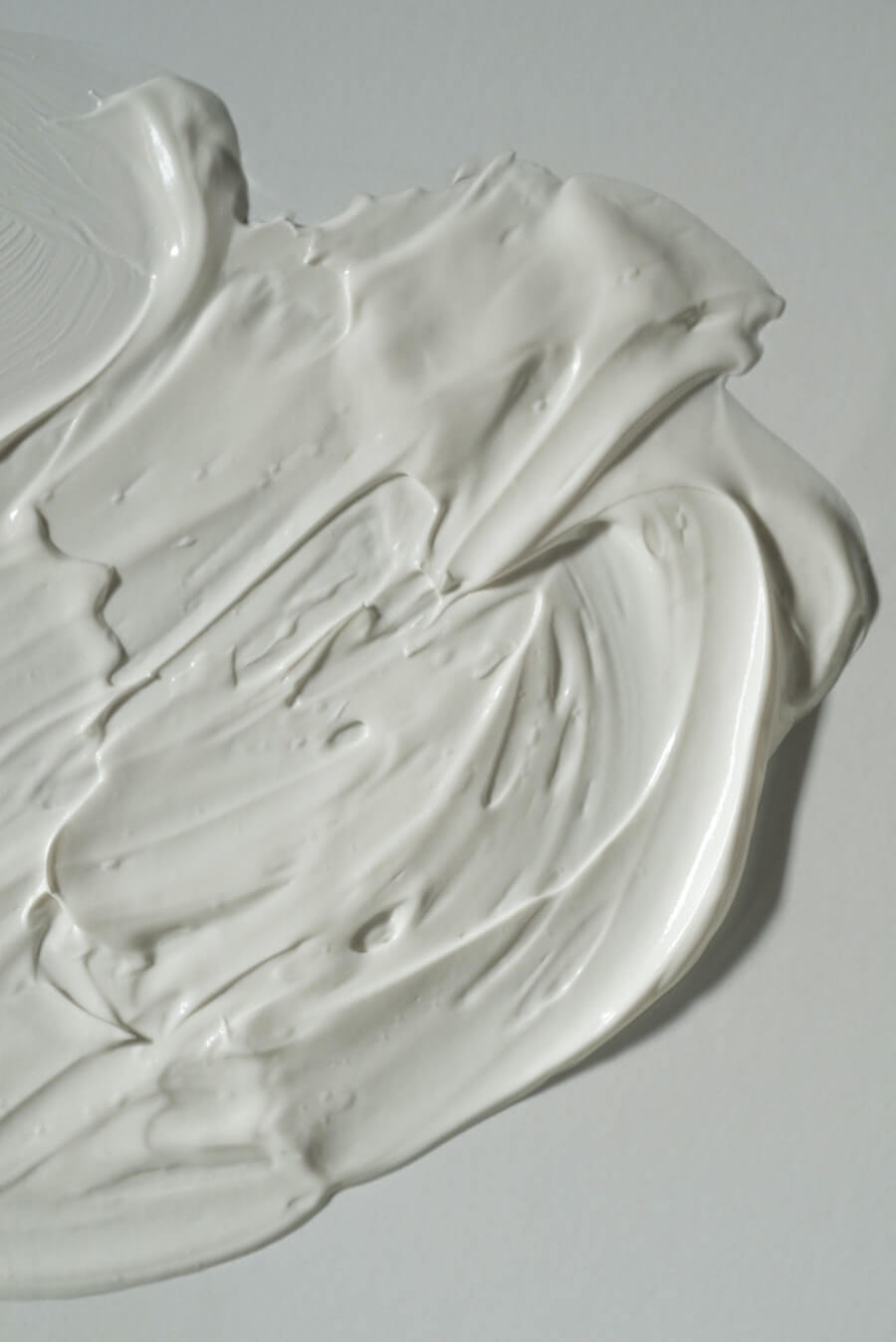[1] IARC Working Group on the Evaluation of Carcinogenic Risks to Humans. (2010). Carbon black, titanium dioxide, and talc. IARC monographs on the evaluation of carcinogenic risks to humans/World Health Organization, International Agency for Research on Cancer, 93, 1.
[2] NIOSH. NIOSH Pocket Guide to Chemical Hazards (2010). Available online: http://www.cdc.gov/niosh/npg/npgd0617.html. Accessed April 21, 2022.
[3] IARC Working Group on the Evaluation of Carcinogenic Risks to Humans. (2010). Carbon black, titanium dioxide, and talc. IARC monographs on the evaluation of carcinogenic risks to humans/World Health Organization, International Agency for Research on Cancer, 93, 1.
[4] Schilling, K., Bradford, B., Castelli, D., Dufour, E., Nash, J. F., Pape, W., … & Schellauf, F. (2010). Human safety review of “nano” titanium dioxide and zinc oxide. Photochemical & Photobiological Sciences, 9(4), 495-509.
[5] Schilling, K., Bradford, B., Castelli, D., Dufour, E., Nash, J. F., Pape, W., … & Schellauf, F. (2010). Human safety review of “nano” titanium dioxide and zinc oxide. Photochemical & Photobiological Sciences, 9(4), 495-509.
[6] Lewicka ZA, Benedetto AF, Benoit DN, William WY, Fortner JD, Colvin VL. The structure, composition, and dimensions of TiO2 and ZnO nanomaterials in commercial sunscreens. Journal of Nanoparticle Research. 2011 Sep 1;13(9):3607-17.
[7] IARC Working Group on the Evaluation of Carcinogenic Risks to Humans. (2010). Carbon black, titanium dioxide, and talc. IARC monographs on the evaluation of carcinogenic risks to humans/World Health Organization, International Agency for Research on Cancer, 93, 1.
[8] Borm PJ, Robbins D, Haubold S, Kuhlbusch T, Fissan H, Donaldson K et al. The potential risks of nanomaterials: a review carried out for ECETOC, Particle and Fibre Toxicology 2006, 3:11. More information available online: http://ec.europa.eu/health/ph_risk/committees/04_sccp/docs/sccp_o_123.pdf. Accessed April 21, 2022.
[9] SCCNFP/0005/98 (Scientific Committee on Cosmetic Products and Non-Food Products) Titanium Dioxide, adopted by the SCCNFP during the 14th plenary meeting of 24 October 2000.
[10] Gamer AO, Leibold E, van Ravenzwaay B. The in vitro absorption of microfine zinc oxide and titanium dioxide through porcine skin. Toxicol In Vitro. 2006;20(3):301-7.
[11] Lademann J, Weigmann H, Rickmeyer C, Barthelmes H, Schaefer H, Mueller G, et al. Penetration of titanium dioxide microparticles in a sunscreen formulation into the horny layer and the follicular orifice. Skin Pharmacol Appl Skin Physiol 1999;12(5):247-56.
[12] Miquel‐Jeanjean C, Crépel F, Raufast V, Payre B, Datas L, Bessou‐Touya S, Duplan H. Penetration Study of Formulated Nanosized Titanium Dioxide in Models of Damaged and Sun‐Irradiated Skins. Photochemistry and photobiology. 2012 Nov 1;88(6):1513-21.
[13] CEN [1993].Workplace atmospheres—size fraction definitions for measurement of airborne particles, EN 481. Brussels, Belgium: European Committee for Standardization.
[14] ISO [1995]. Air quality—particle size fraction definitions for health-related sampling. Geneva, Switzerland: International Organization for Standardization, ISO Report No. ISO 7708.
[15] ACGIH [1994]. 1994–1995 Threshold limit values for chemical substances and physical agents and biological exposure indices. Cincinnati, OH: Americal Conference of Governmental Industrial Hygenists.
[16] NIOSH [1998]. Particulates not otherwise regulated, respirable. Method 0600 (supplement issued January 15, 1998). In: NIOSH manual of analytical methods. Cincinnati, OH: U.S. Department of Health and Human Services, Public Health Service Centers for Disease Control and Prevention, National Institute for Occupational Safety and Health, DHHS (NIOSH) Publication No. 94–113. http://www.cdc.gov/niosh/nmam/pdfs/0600.pdf. Accessed April 21, 2022.
[17] CDC: Centers for Disease Control and Prevention. Current Intelligence Belletin 63: Occupational exposure to Titanium Dioxide. 2011. Available online: https://www.cdc.gov/niosh/docs/2011-160/pdfs/2011-160.pdf. Accessed April 21, 2022.
[18] International Standards Organization (1995). Air Quality Particle Size Fraction Definitions for Health-related Sampling. (ISO Standard 7708), Geneva.
[19] Health and Safety Executive (2000). General Methods for Sampling and Gravimetric Analysis of Respirable and Inhalable Dust: Methods for the Determination of Hazardous Substances: MDHS 14/3. London.
[20] IARC: International Agency for Research on Cancer. IARC Monographs Volume 93. Titanium Dioxide. Pg. 199. Available online: https://monographs.iarc.fr/ENG/Monographs/vol93/mono93-7.pdf. Accessed April 21, 2022.
[21] International Standards Organization (1995). Air Quality Particle Size Fraction Definitions for Health-related Sampling. (ISO Standard 7708), Geneva.
[22] Oberdörster G. Pulmonary effects of inhaled ultrafine particles. Int Arch Occup Environ Health 2001; 74(1):1-8.
[24] Sager TM, Kommineni C, Castranova V. Pulmonary response to intratracheal instillation of ultrafine versus fine titanium dioxide: role of particle surface area. Part Fibre Toxicol 2008; 5: 17.
[25] Lee KP, Trochimowicz HJ, Reinhardt CF [1985]. Pulmonary response of rats exposed to titanium dioxide (TiO2 ) by inhalation for two years. Toxicol Appl Pharmacol 79:179–192.
[26] CDC: Centers for Disease Control and Prevention. Current Intelligence Belletin 63: Occupational exposure to Titanium Dioxide. 2011. Available online: https://www.cdc.gov/niosh/docs/2011-160/pdfs/2011-160.pdf. Accessed April 21, 2022.
[27] Aitken RJ, Creely KS, Tran CL [2004]. Nanoparticles: an occupational hygiene review. HSE Research Report 274. United Kingdom: Health & Safety Executive. http://www.hse.gov.uk/research/rrhtm/rr274.htm. Accessed April 21, 2022.
[28] CDC: Centers for Disease Control and Prevention. Current Intelligence Belletin 63: Occupational exposure to Titanium Dioxide. 2011. Available online: https://www.cdc.gov/niosh/docs/2011-160/pdfs/2011-160.pdf. Accessed April 21, 2022.
[29] Braun JH (1997). Titanium dioxide—A review. J Coatings Technol, 69:59–72.
[30] IARC: International Agency for Research on Cancer. IARC Monographs Volume 93. Titanium Dioxide. Available online: https://monographs.iarc.fr/ENG/Monographs/vol93/mono93-7.pdf. Accessed April 21, 2022.
[31] IARC: International Agency for Research on Cancer. IARC Monographs Volume 93. Titanium Dioxide. Available online: https://monographs.iarc.fr/ENG/Monographs/vol93/mono93-7.pdf. Accessed April 21, 2022.
[32] Nazarenko Y, Zhen H, Han T, Lioy PJ, Mainelis G. Potential for inhalation exposure to engineered nanoparticles from nanotechnology-based cosmetic powders. Environmental health perspectives. 2012 Jun 1;120(6):885.
[33] Nazarenko Y, Zhen H, Han T, Lioy PJ, Mainelis G. Potential for inhalation exposure to engineered nanoparticles from nanotechnology-based cosmetic powders. Environmental health perspectives. 2012 Jun 1;120(6):885.
[34] Ferin J, Oberdoerster G, Penney DP. Pulmonary retention of ultrafine and fine particles in rats. Am J Respir Cell Mol Biol 1992; 6(5):535-42. More information available online: http://ec.europa.eu/health/ph_risk/committees/04_sccp/docs/sccp_o_123.pdf. Accessed April 21, 2022.
[35] Grassian VH, O’Shaughnessy PT, Adamcakova-Dodd A, Pettibone JM, Thorne PS. Inhalation exposure study of titanium dioxide nanoparticles with a primary particle size of 2 to 5 nm. Environmental health perspectives. 2007 Mar 1:397-402.
[36] Gurr JR, Wang AS, Chen CH, Jan KY. Ultrafine titanium dioxide particles in the absence of photoactivation can induce oxidative damage to human bronchial epithelial cells. Toxicology. 2005 Sep 15;213(1):66-73.
[37] Trouiller B, Reliene R, Westbrook A, Solaimani P, Schiestl RH. Titanium dioxide nanoparticles induce DNA damage and genetic instability in vivo in mice. Cancer research. 2009 Nov 15;69(22):8784-9.
[38] Grassian VH, O’Shaughnessy PT, Adamcakova-Dodd A, Pettibone JM, Thorne PS. Inhalation exposure study of titanium dioxide nanoparticles with a primary particle size of 2 to 5 nm. Environmental health perspectives. 2007 Mar 1:397-402.
[39] Muhle H, Bellmann B, Creutzenberg O, Dasenbrock C, Ernst H, Kilpper R, MacKenzie JC, Morrow P, Mohr U, Takenaka S, Mermelstein R [1991]. Pulmonary response to toner upon chronic inhalation exposure in rats. Fund Appl Toxicol 17:280–299.
[40] CDC: Centers for Disease Control and Prevention. Current Intelligence Belletin 63: Occupational exposure to Titanium Dioxide. 2011. Available online: https://www.cdc.gov/niosh/docs/2011-160/pdfs/2011-160.pdf. Accessed April 21, 2022.
[41] Bermudez E, Mangum JB, Asgharian B, Wong BA, Reverdy EE, Janszen DB, Hext PM, Warheit DB, Everitt JI. Long-term pulmonary responses of three laboratory rodent species to subchronic inhalation of pigmentary titanium dioxide particles. Toxicological Sciences. 2002 Nov 1;70(1):86-97.
[42] Schilling, K., Bradford, B., Castelli, D., Dufour, E., Nash, J. F., Pape, W., … & Schellauf, F. (2010). Human safety review of “nano” titanium dioxide and zinc oxide. Photochemical & Photobiological Sciences, 9(4), 495-509.
[43] IARC Working Group on the Evaluation of Carcinogenic Risks to Humans. (2010). Carbon black, titanium dioxide, and talc. IARC monographs on the evaluation of carcinogenic risks to humans/World Health Organization, International Agency for Research on Cancer, 93, 1.
[44] Heinrich U, Fuhst R, Rittinghausen S, Creutzenberg O, Bellmann B, Koch W, Levsen K [1995]. Chronic inhalation exposure of Wistar rats and two different strains of mice to dieselengine exhaust, carbon black, and titanium dioxide. Inhal Toxicol 7(4):533–556.
[45] CDC: Centers for Disease Control and Prevention. Current Intelligence Belletin 63: Occupational exposure to Titanium Dioxide. 2011. Available online: https://www.cdc.gov/niosh/docs/2011-160/pdfs/2011-160.pdf. Accessed April 21, 2022.
[46] Fryzek JP, Chadda B, Marano D, White K, Schweitzer S, McLaughlin JK, Blot WJ. A cohort mortality study among titanium dioxide manufacturing workers in the United States. Journal of occupational and environmental medicine. 2003 Apr 1;45(4):400-9.
[47] Liao CM, Chiang YH, Chio CP. Assessing the airborne titanium dioxide nanoparticle-related exposure hazard at workplace. Journal of hazardous materials. 2009 Feb 15;162(1):57-65.
[48] Hext PM, Tomenson JA, Thompson P. Titanium dioxide: inhalation toxicology and epidemiology. Annals of Occupational Hygiene. 2005 Aug 1;49(6):461-72.
[49] Liao CM, Chiang YH, Chio CP. Model-based assessment for human inhalation exposure risk to airborne nano/fine titanium dioxide particles. Science of the total environment. 2008 Dec 15;407(1):165-77.
[50] OSHA: Occupational Safety & Health Administration. Titanium Dioxide. Available online: https://www.osha.gov/dts/chemicalsampling/data/CH_272100.html. Accessed April 21, 2022.
[51] SCCNFP/0005/98 (Scientific Committee on Cosmetic Products and Non-Food Products) Titanium Dioxide, adopted by the SCCNFP during the 14th plenary meeting of 24 October 2000. More information available online: http://ec.europa.eu/health/scientific_committees/consumer_safety/docs/sccs_o_136.pdf. Accessed April 21, 2022.


































